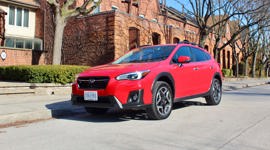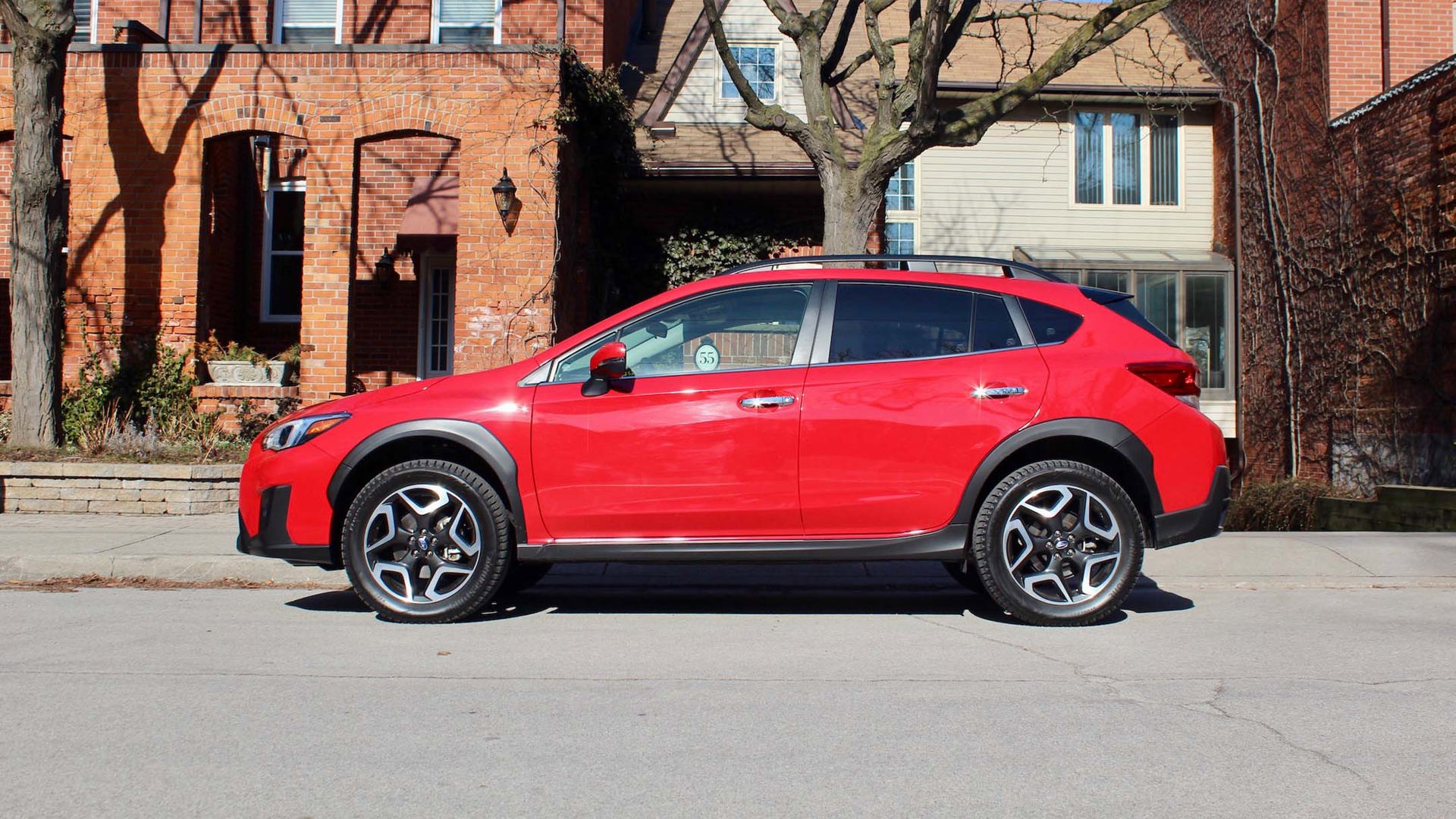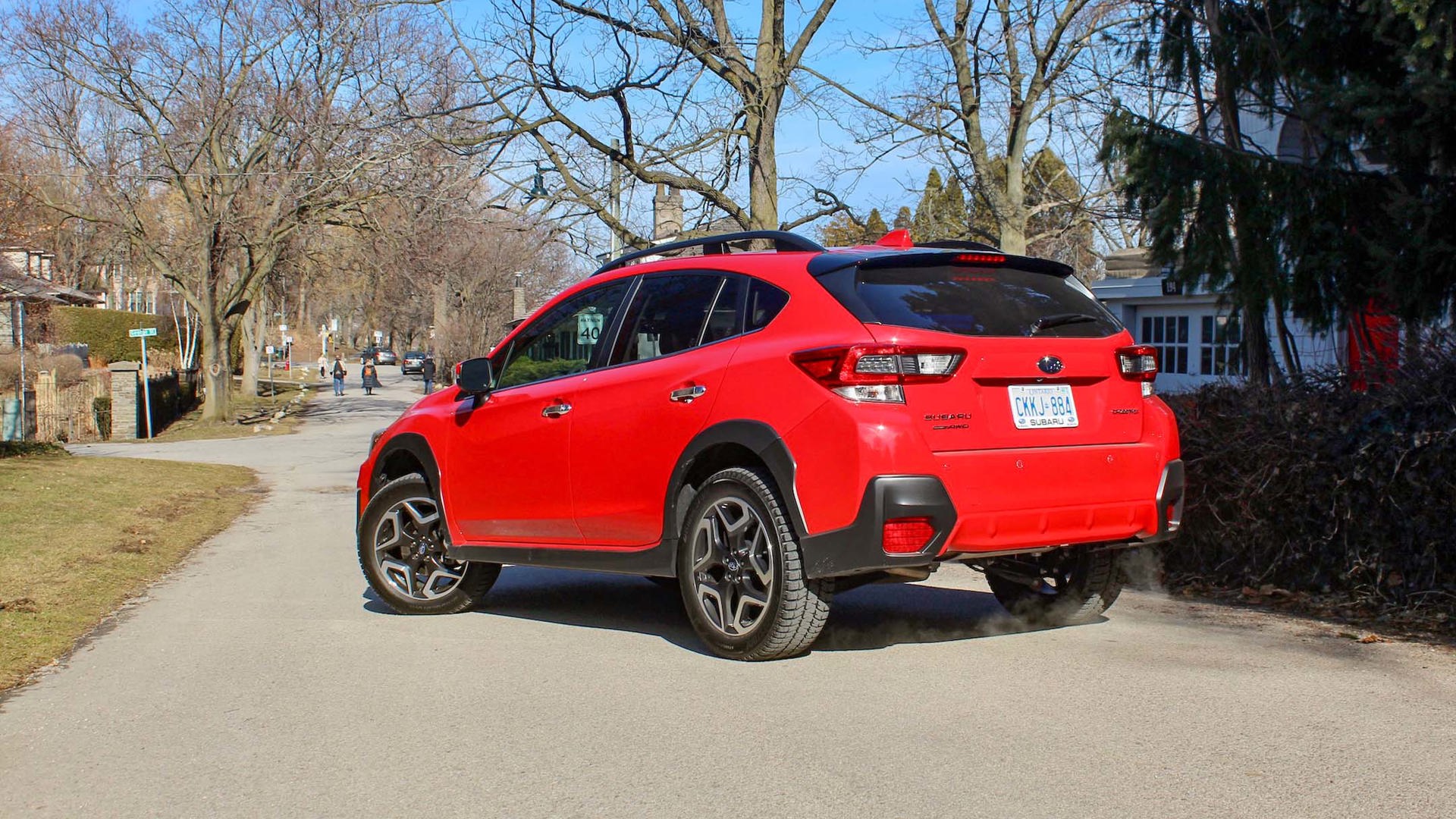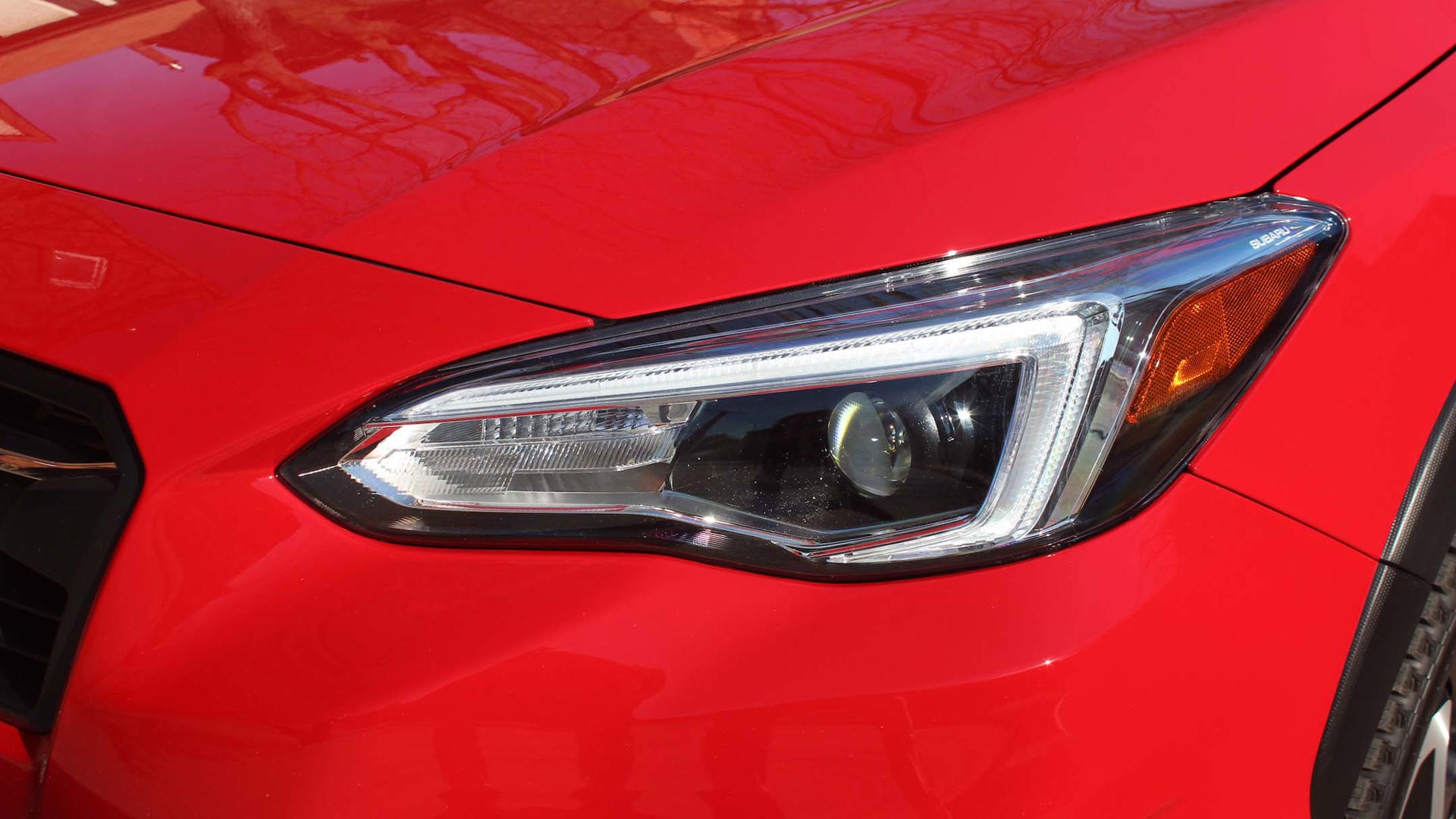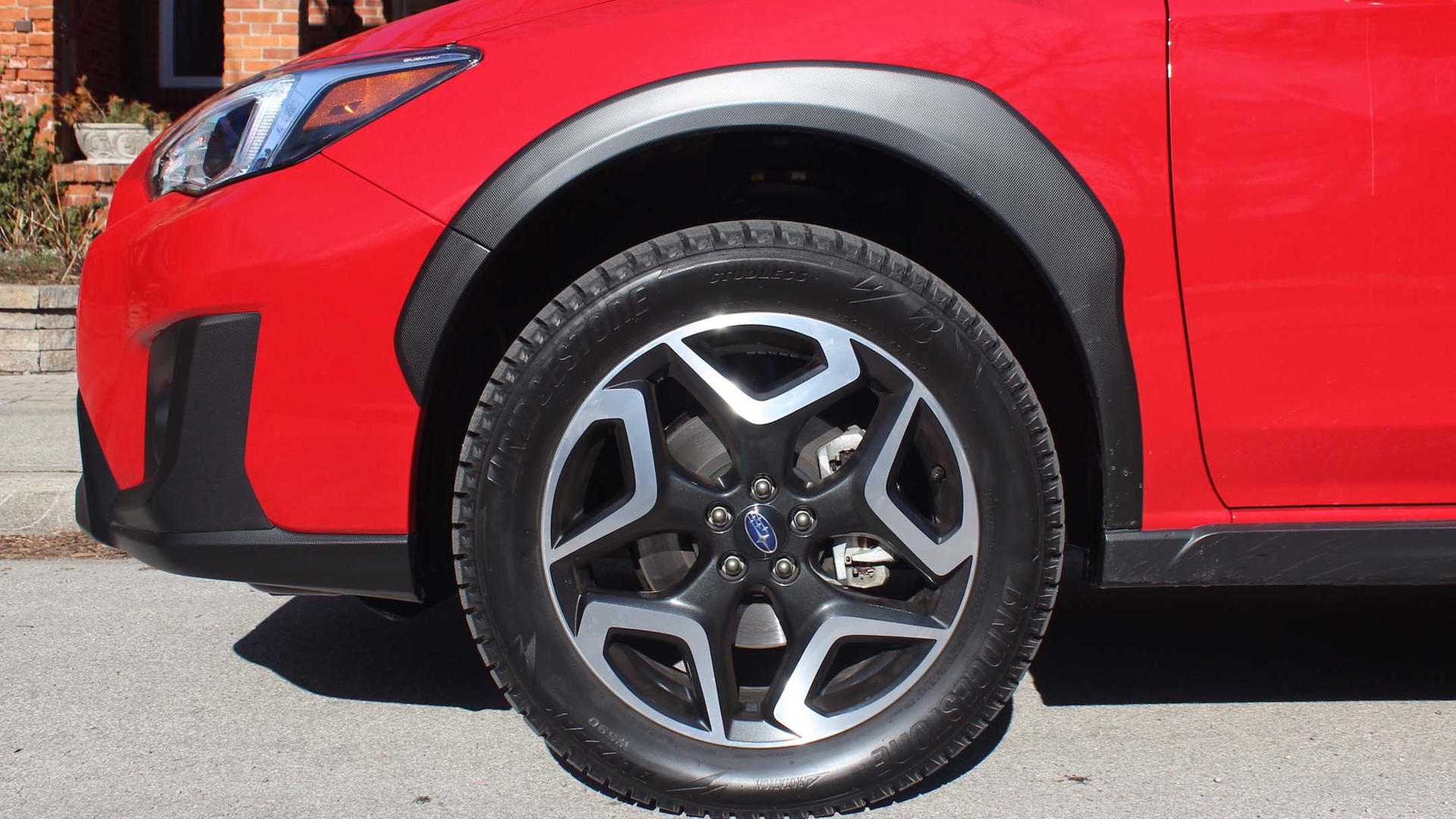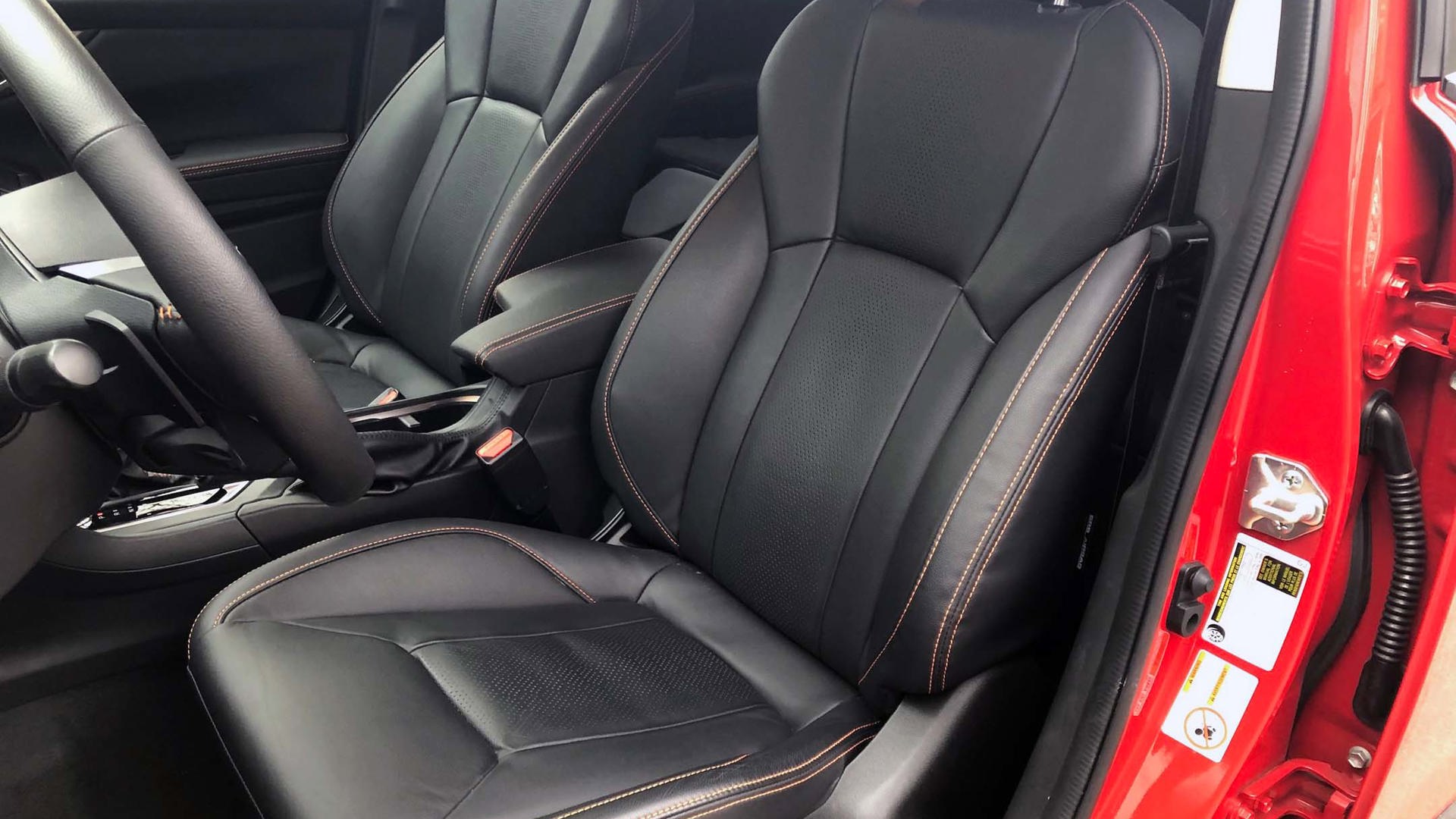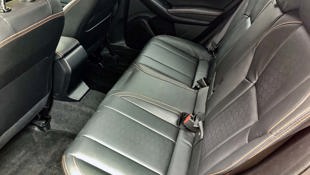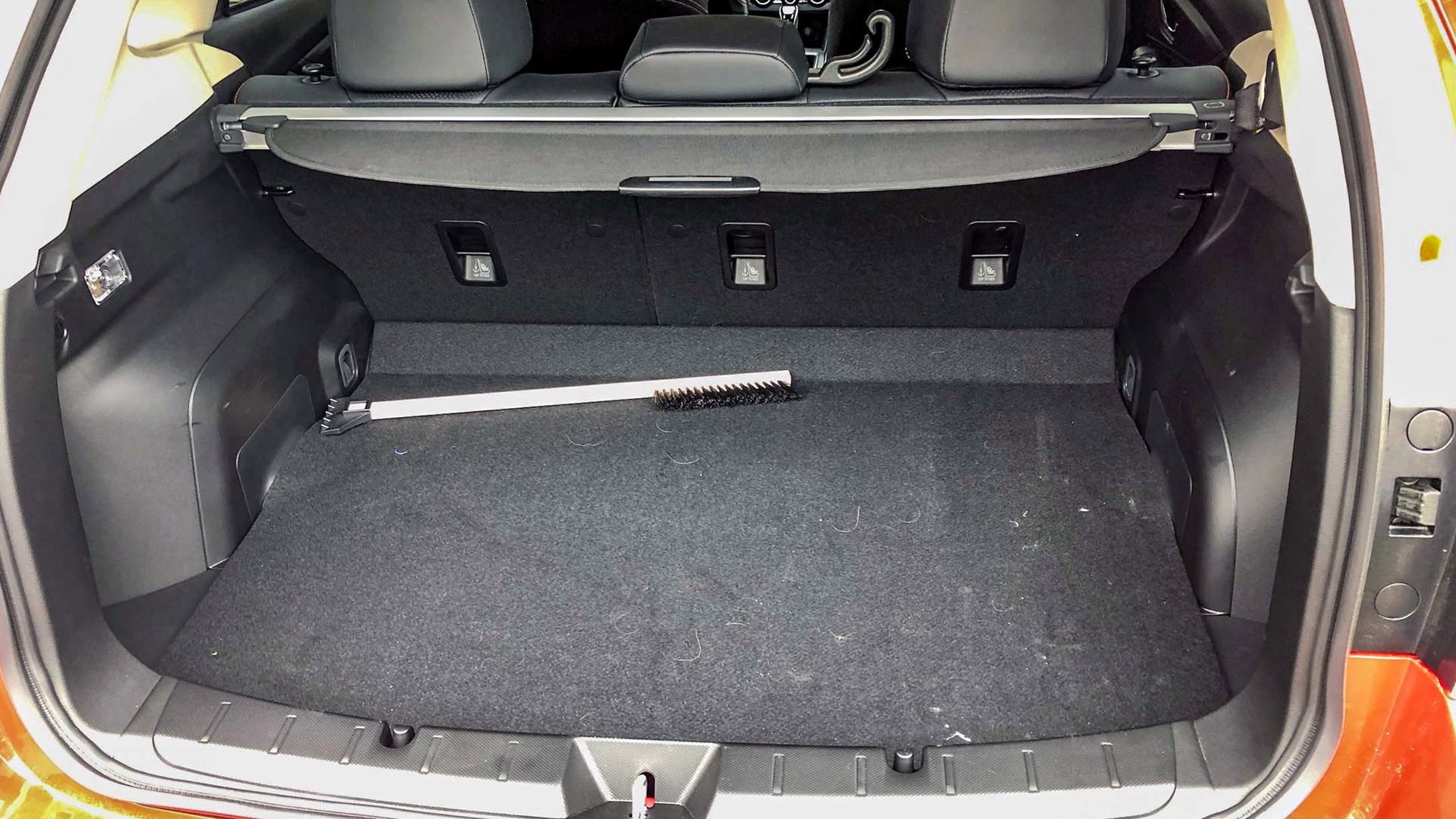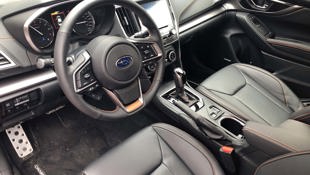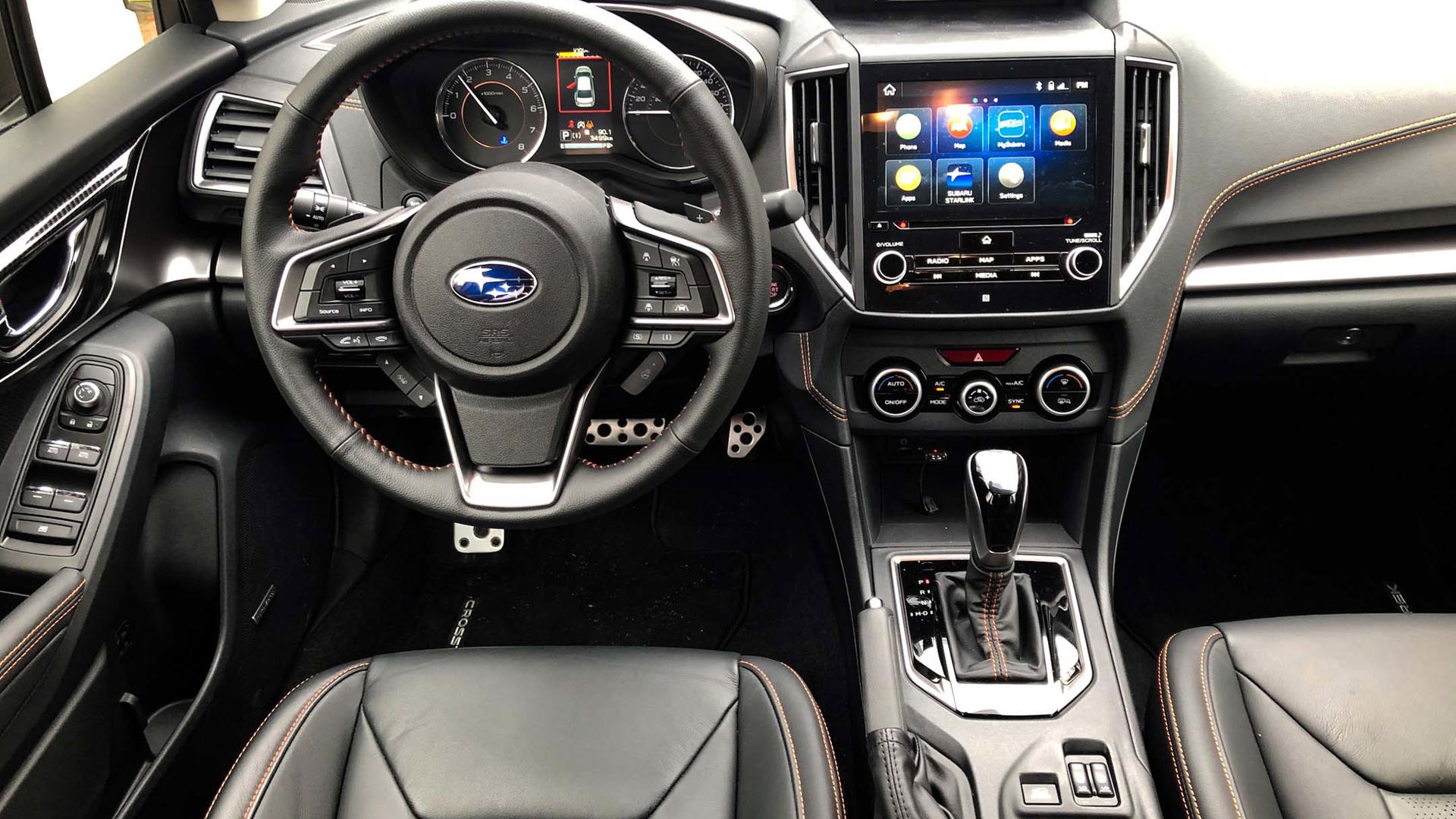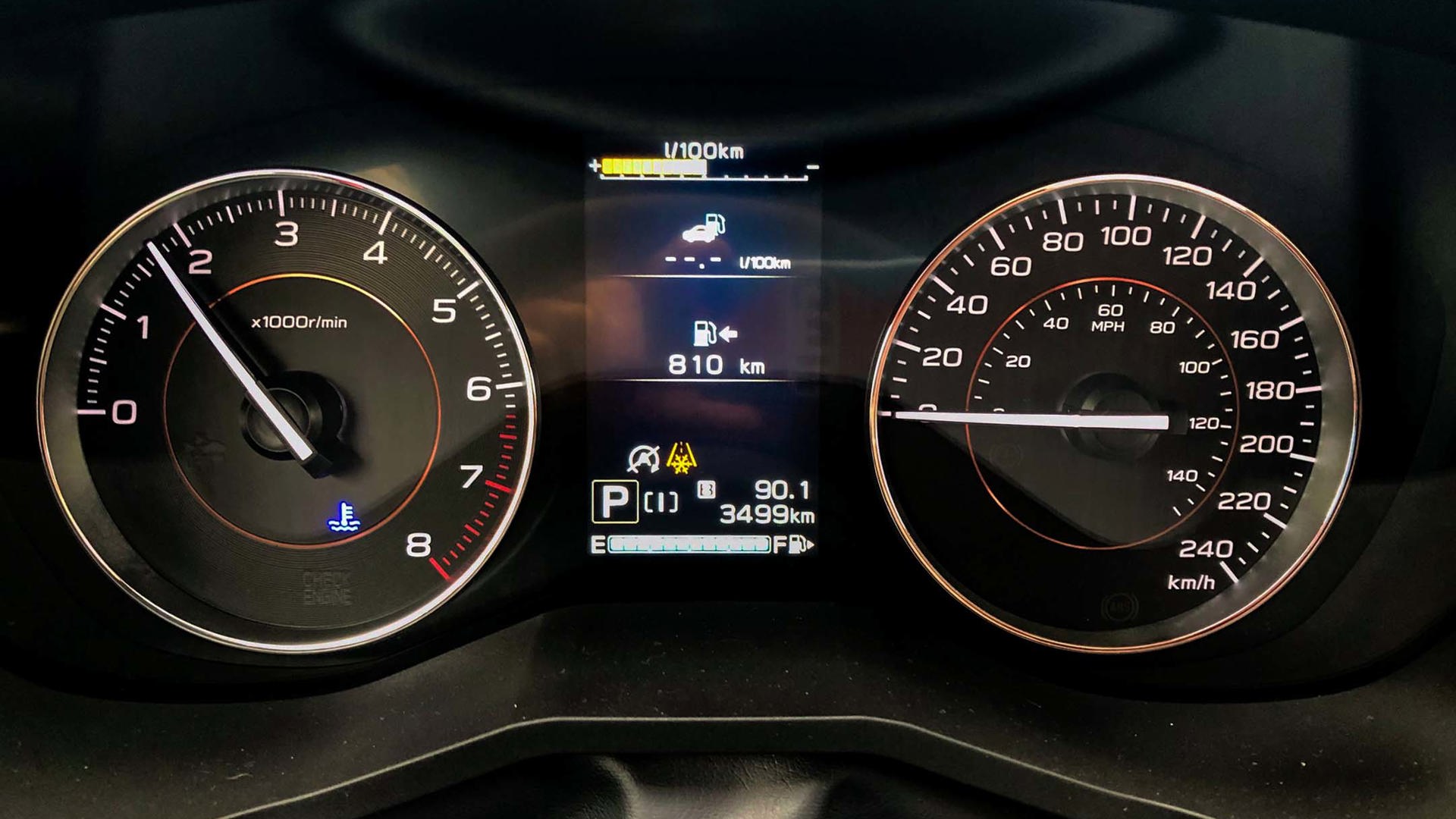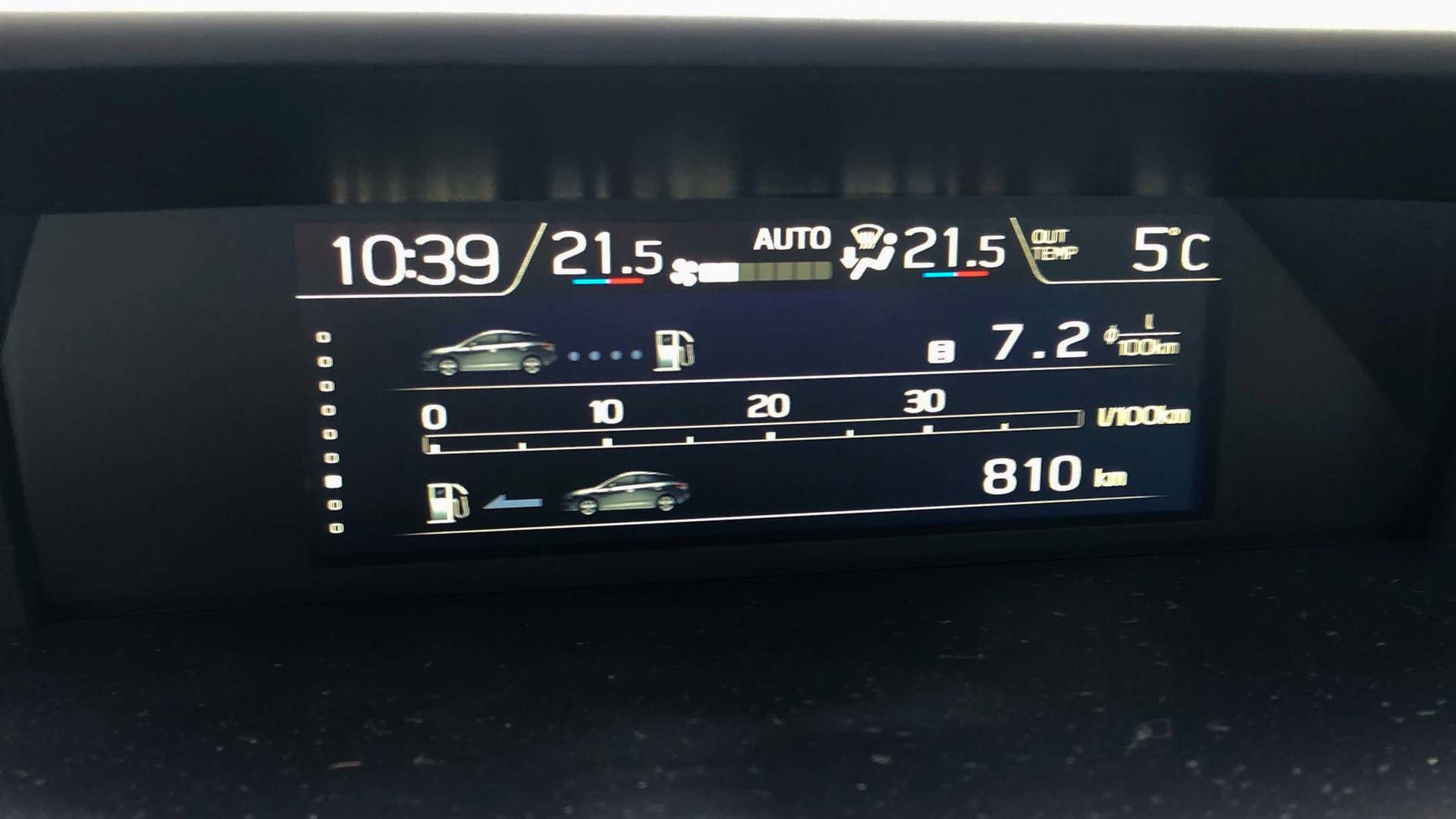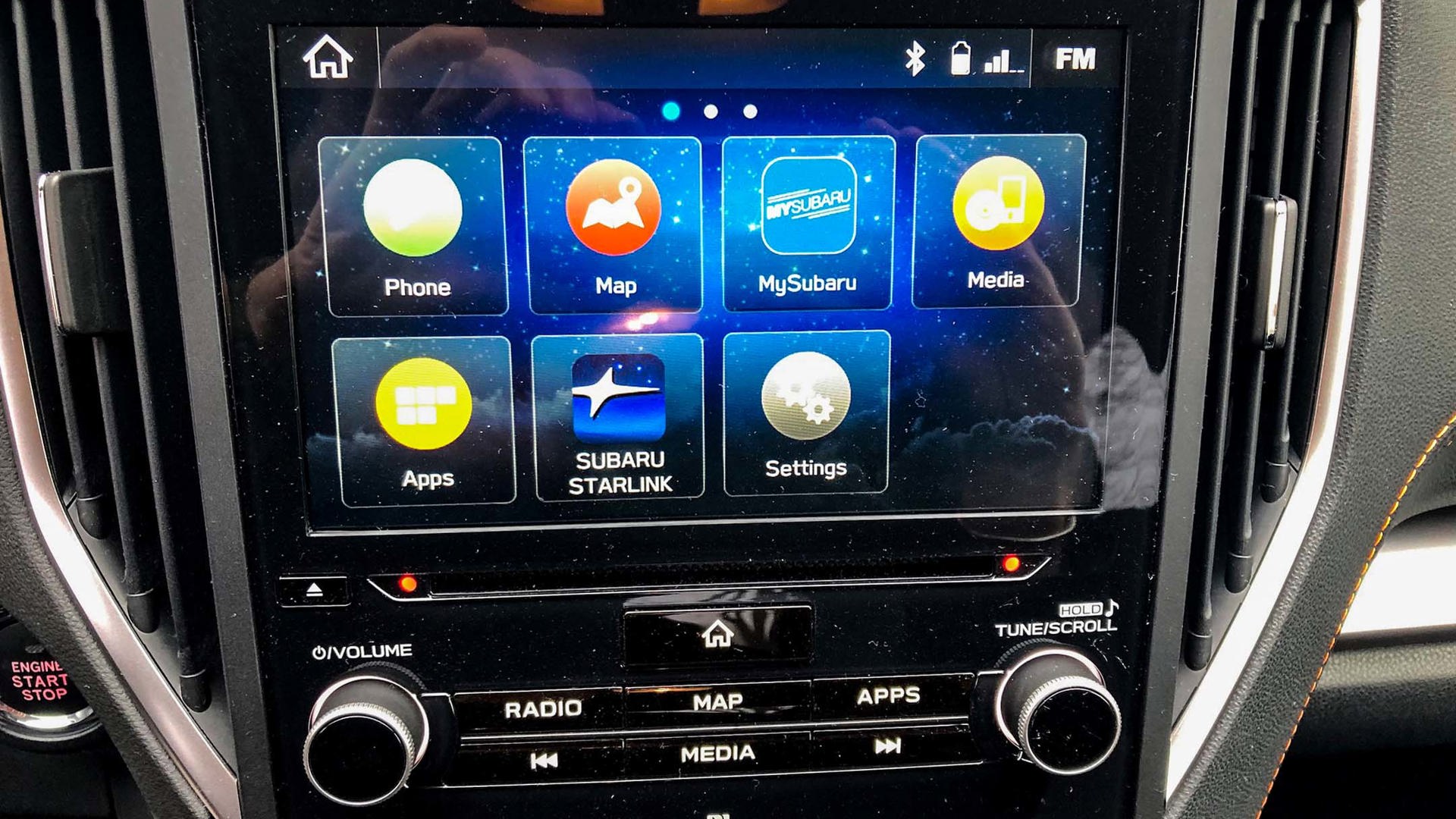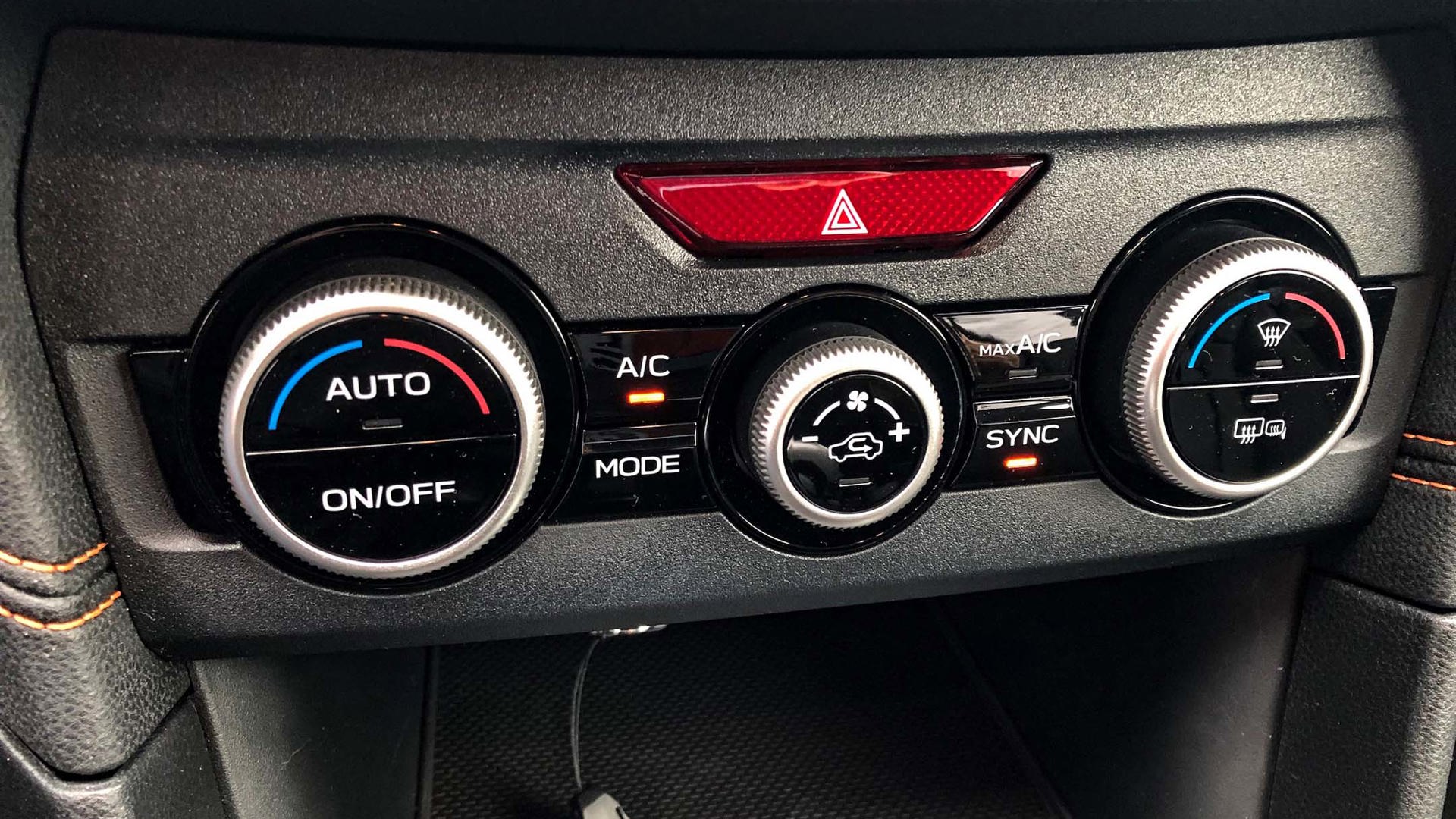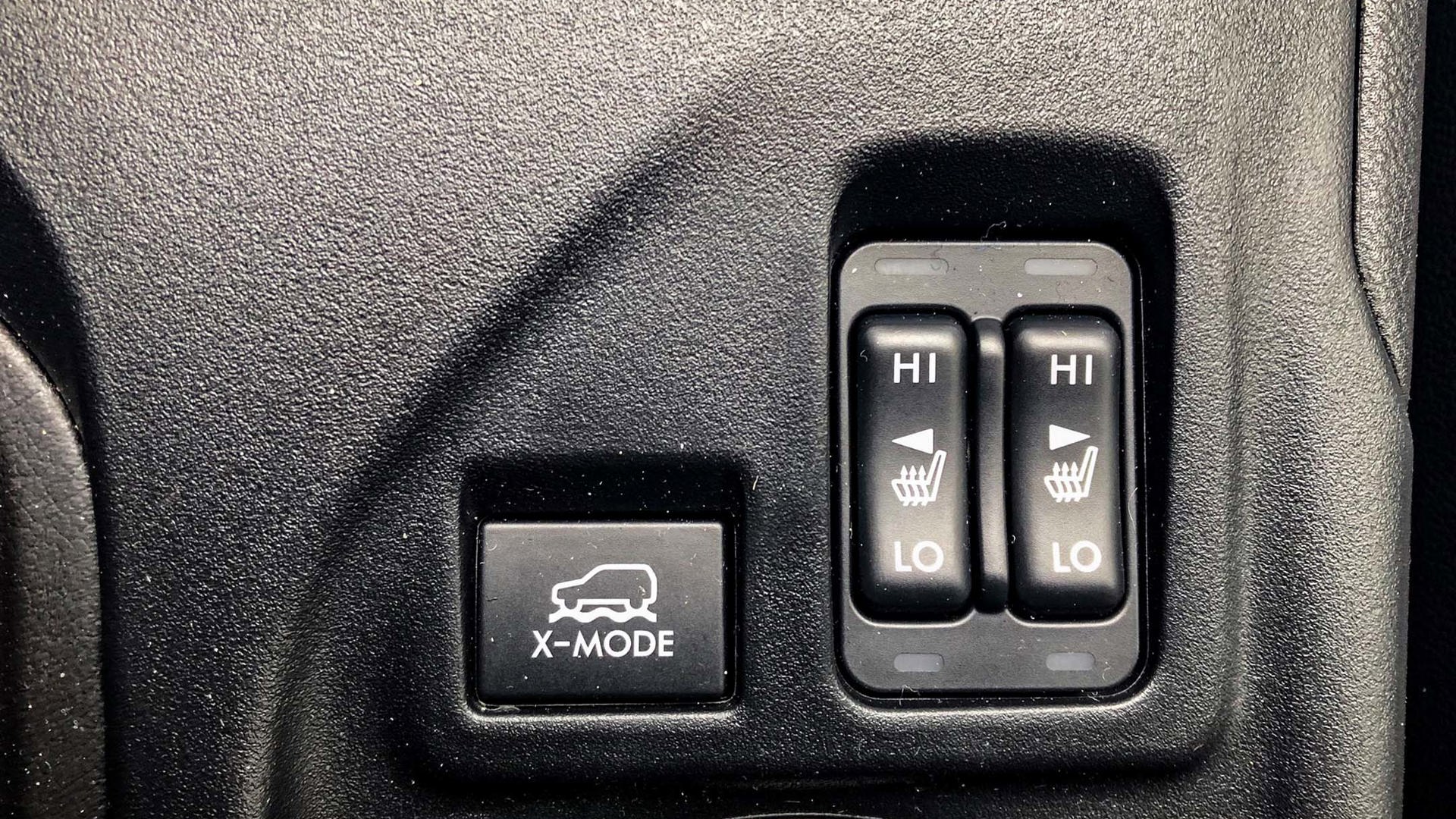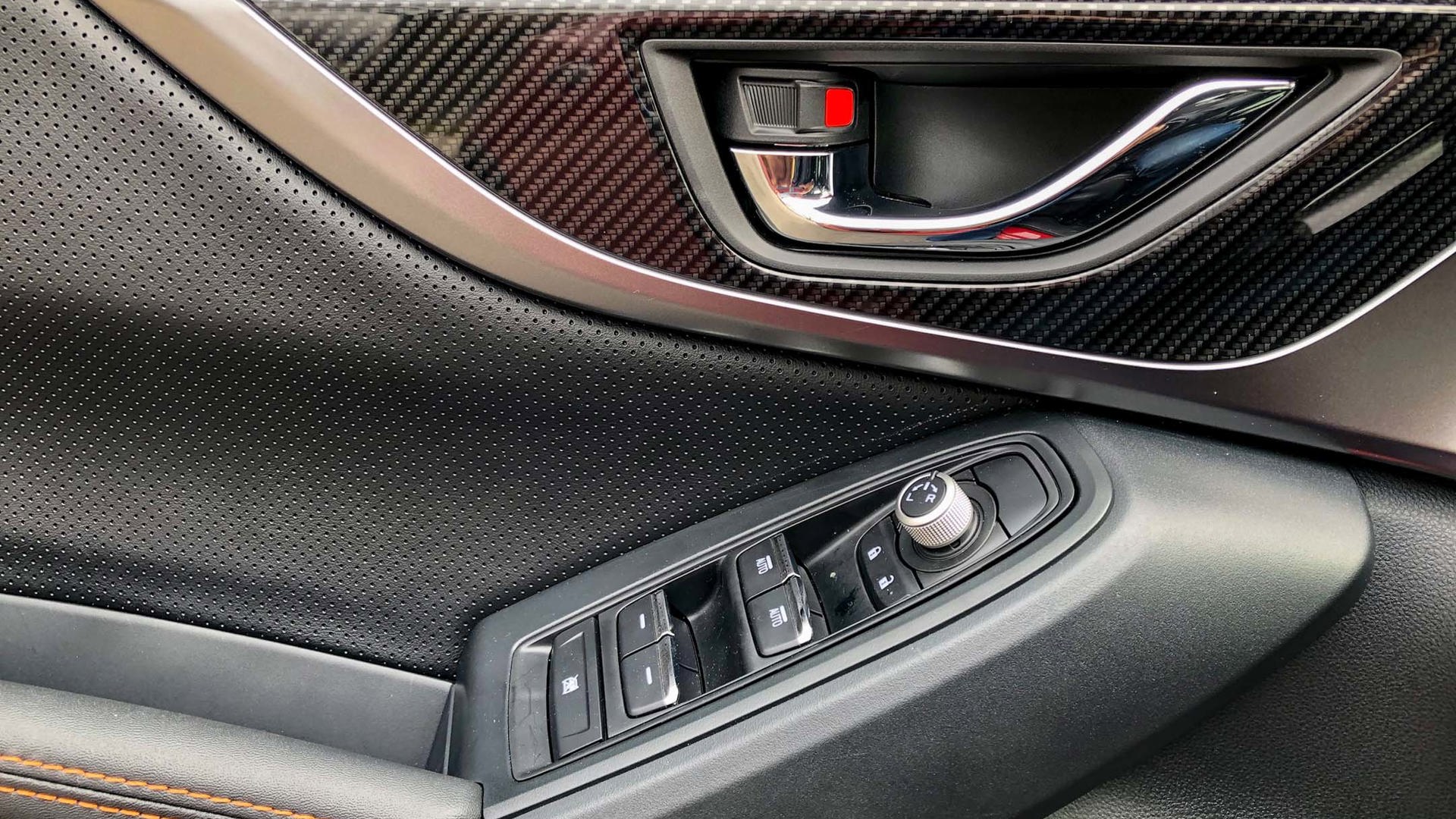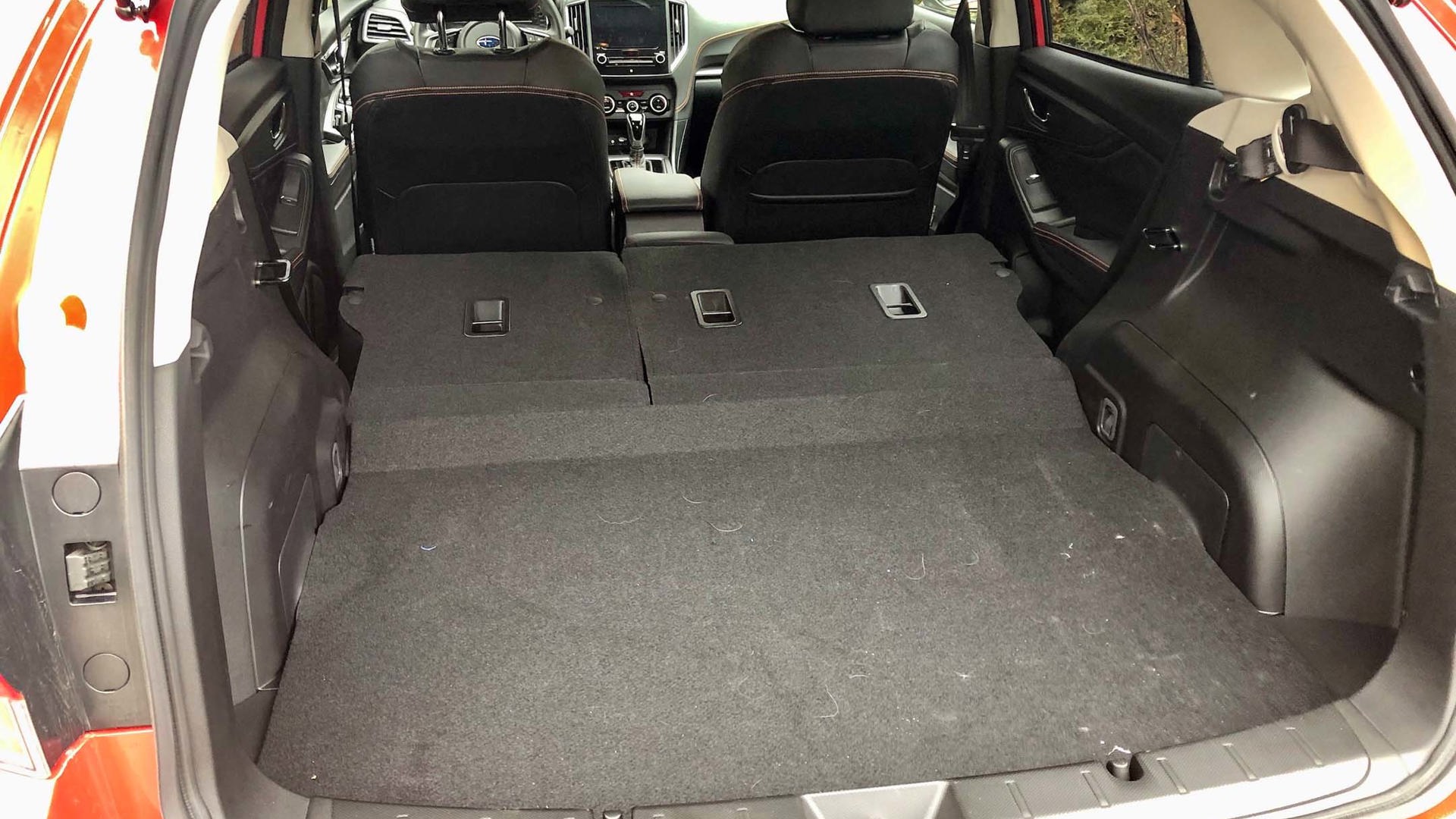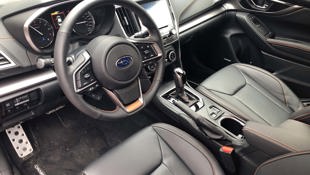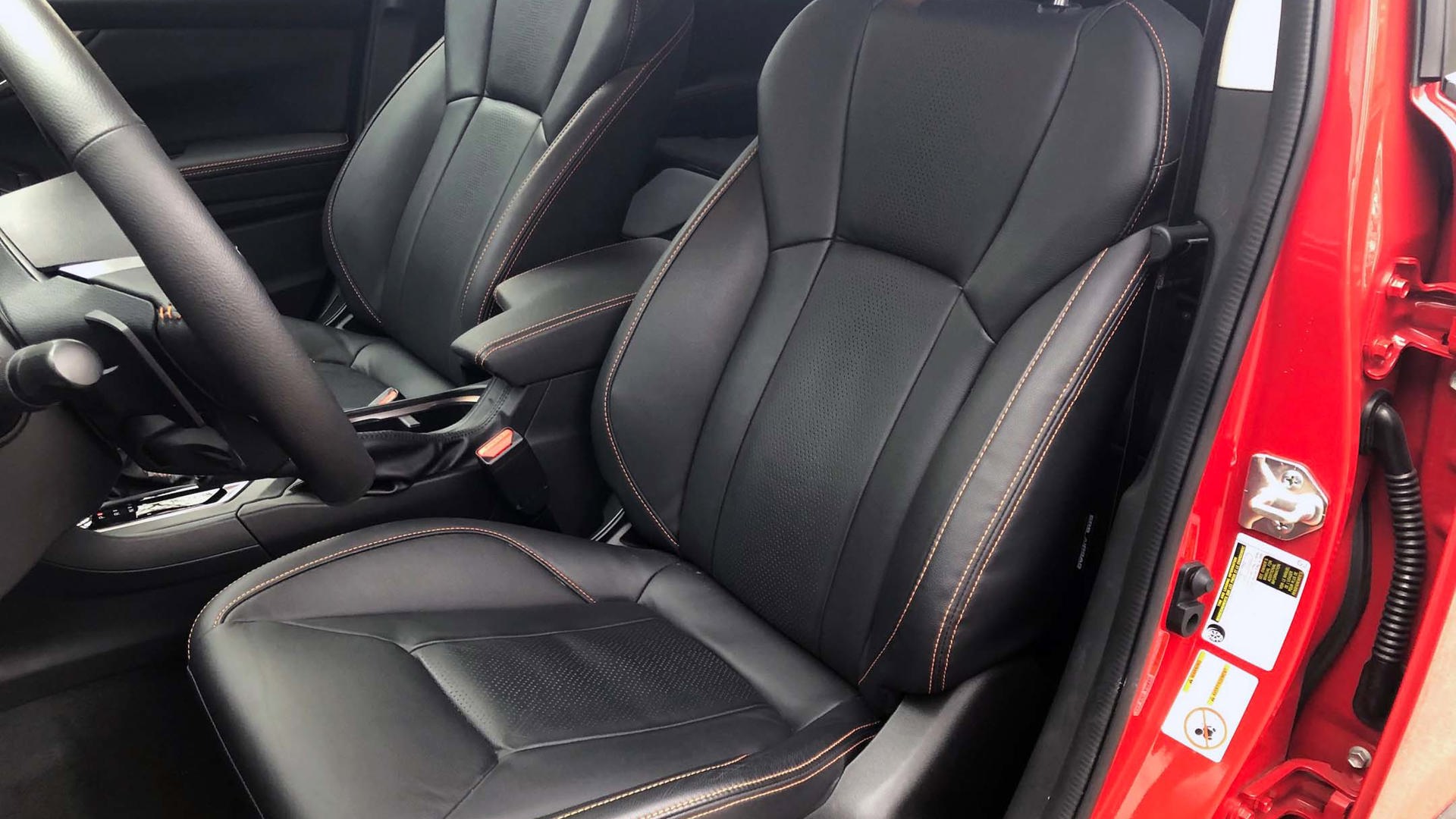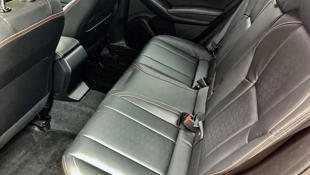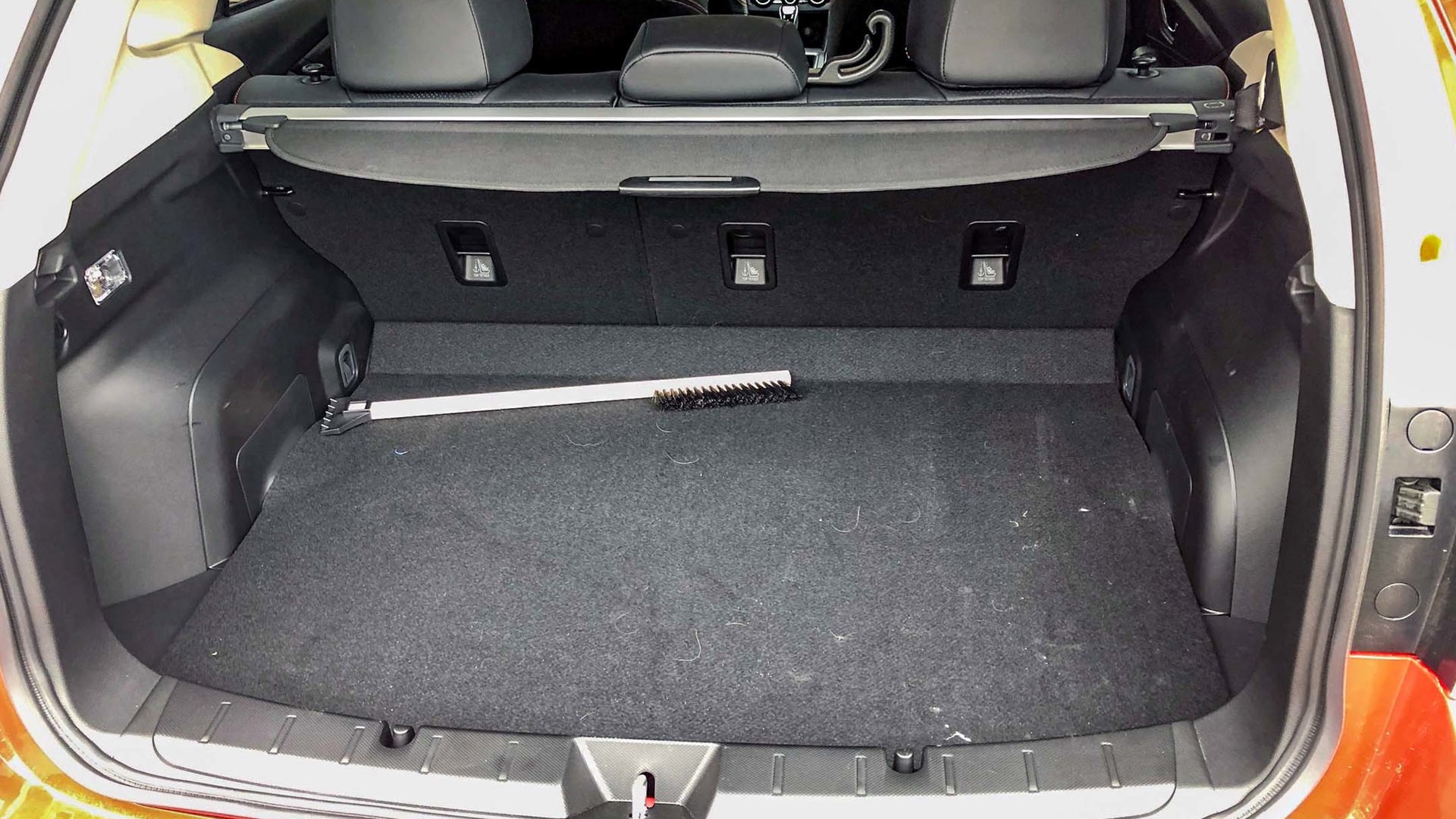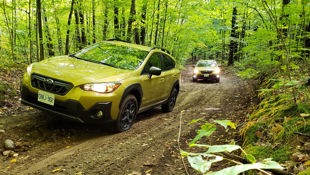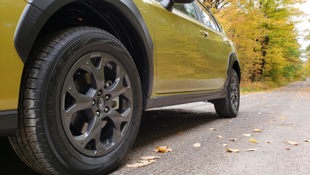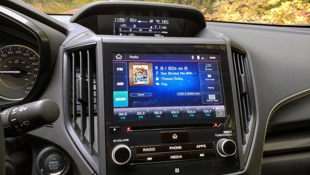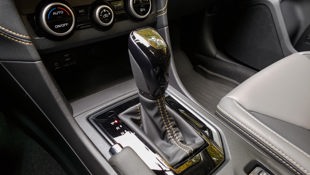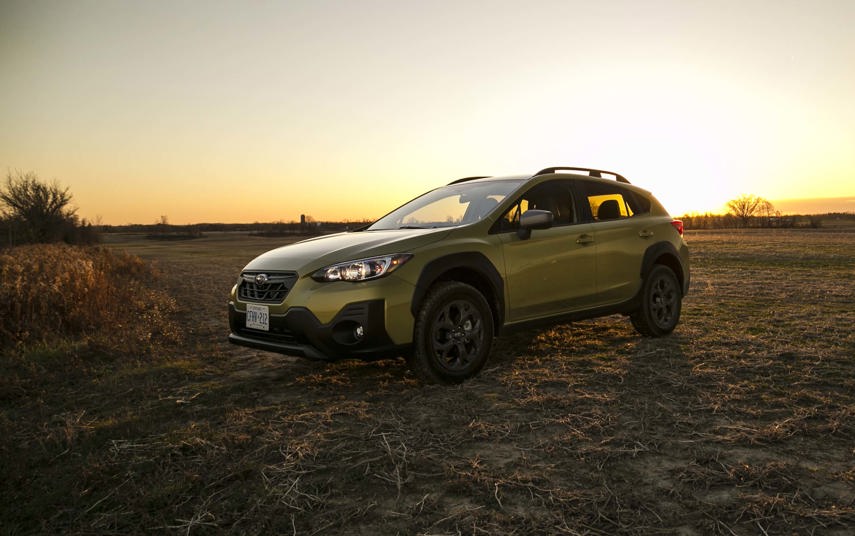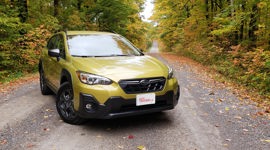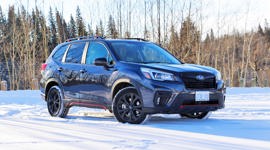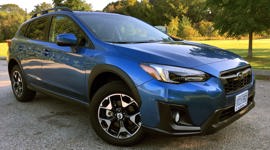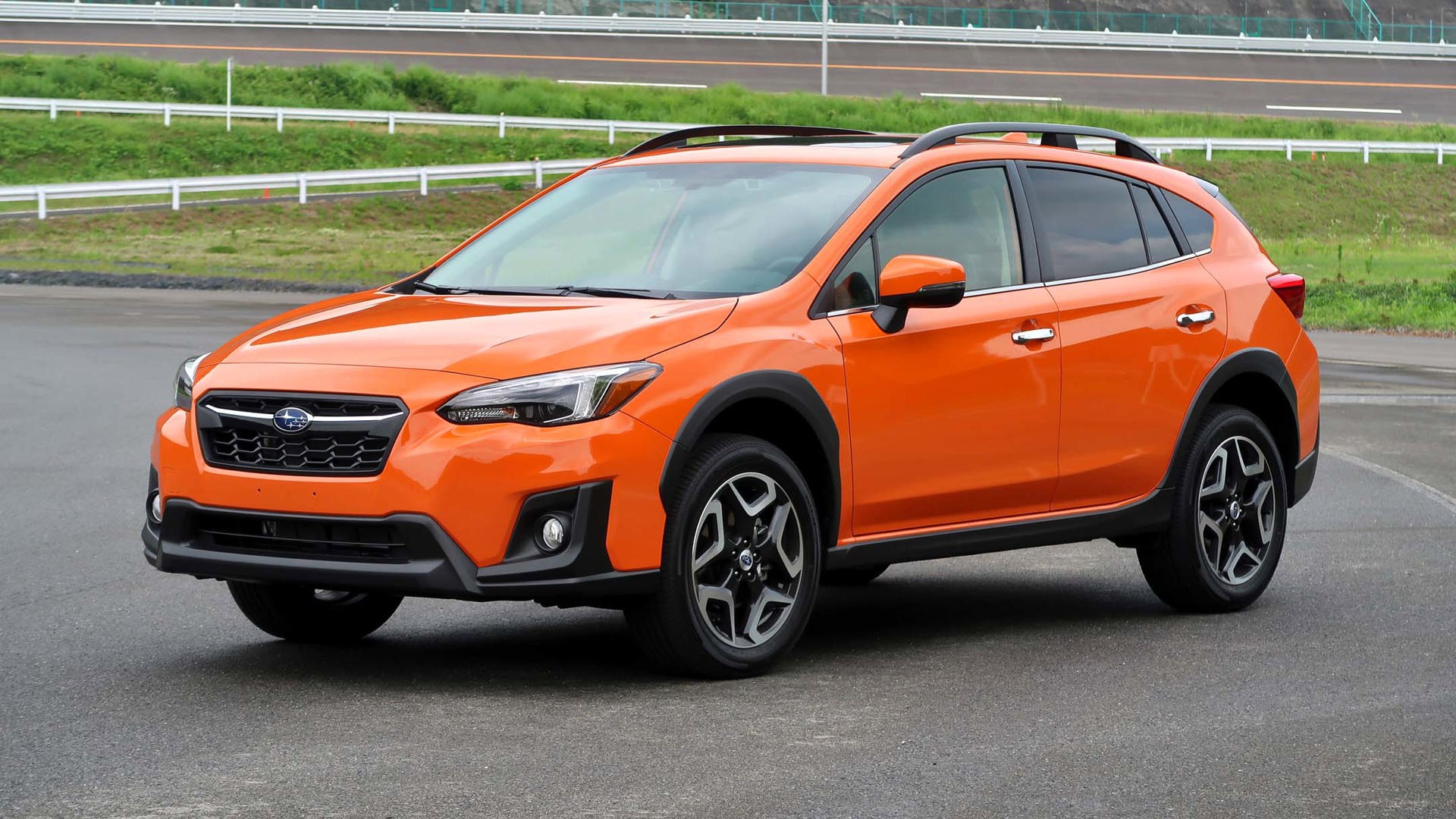Vehicle Type
Subcompact crossover
History/Description
The Crosstrek represents the entry point to Subaru’s crossover lineup.
The first-generation Crosstrek was available from model years 2013 to 2017, with the second-gen unit arriving in 2017 for the 2018 model year. Highly rated for residual value, owner satisfaction, and safety, the new-for-2018 Crosstrek was built on a new architecture, available with a six-speed manual transmission or automatic continuously variable transmission (CVT), and came standard with all-wheel drive (AWD). It also offered torque-vectoring for improved handling through smarter use of the AWD system in certain cornering situations.
Adventurous drivers could make use of the off-road traction management system offered with the CVT when conditions warranted at the press of a button. Then-new driver assistance and multimedia connectivity technology, including Android Auto and Apple CarPlay, were also included.
Shoppers looking to upgrade from a first-gen Crosstrek will find a similarly sized vehicle that’s slightly longer and wider than its predecessor, maintaining a compact footprint while offering high ground clearance for added confidence. Rear-seat legroom and cargo volume were increased for the second-generation machine as well.
Safety-minded shoppers will find the brand’s camera-based driver-assistance system onboard automatic-transmission-equipped models, and up-level feature content included premium stereo provisions, a sunroof, heated leather seating up front, a heated steering wheel, LED headlights, and more.
Elsewhere, engineers revised the four-cylinder powerplant with direct fuel injection to eke out more output and efficiency, while the suspension was upgraded with stronger components and numerous tweaks which aimed to improve handling response and ride comfort.
Look for 152 hp from the standard 2.0L flat four-cylinder engine. All models have seating for five and have standard AWD.
What Owners Like
Owner confidence seems to be covered off nicely with the Subaru Crosstrek. Many owners and reviewers rate the Crosstrek highly for its strong safety scores, all-weather traction, and a combination of good fuel economy and go-anywhere versatility that make virtually any road trip or adventure a no-brainer, regardless of conditions.
The Crosstrek’s flexible and logical cabin layout, as well as its included technology suite, tend to earn the highest scores. On several test-drives of the Crosstrek, I’ve reported that its rough-road and trail ride quality are strong assets, too. Here’s a small crossover that consistently feels more comfortable and durable than expected on the worst roads I regularly encounter.
What Owners Dislike
One main gripe is the Crosstrek’s dynamic performance. With just 152 hp on tap, it’s far from the sportiest or snappiest small crossover you’ll find for the dollar. Though logical and easy to access and work, some owners wish for an interior and (especially) dashboard that looks more modern and upscale. Others wish for a more impressive central infotainment touchscreen, and a wider rear door opening to ease passenger entry and exit.
The Head Unit
A common complaint within the second-generation Crosstrek owner’s community is the central touchscreen. Some owners have reported trouble including glitchy operation, freezing, crashing, or outright failure. Many have not.
Though the fix for a wonky touchscreen often involves an occasional system reboot or dealer-installed software update, replacing a defective head unit interface can be pricey if it’s not covered by warranty.
On your test drive, be sure to work the system thoroughly, trying all functions several times and confirming that you’re easily able to connect your phone, place a call, set a navigation destination, and use all apps and menus without issue. Test audio playback from multiple sources, too.
Switch the vehicle off. Open and close the driver’s door. Wait 10 seconds, then restart the engine and carry on. This forces the system to turn off and reboot, which can reveal potential trouble. If something’s wrong with the head unit in the Crosstrek you’re considering, you’ll want to know about it before you buy. Note that many Crosstrek sellers will have had software updates applied to the head-unit previously, which may mitigate potential concerns. Here’s some more reading.
Fluid Changes
In addition to regular oil changes, the Subaru Crosstrek requires occasional attention to both transmission and differential oil. Check the maintenance section of the owner’s manual for the full scoop.
In many vehicles, two fluid-change schedules are provided for these components. One schedule is followed for “normal” use, the other, for “severe” use. Most Canadians should be following the severe use schedule, which identifies frequent use in cold weather as a severe use case. Under severe use, fluids are changed more frequently, as they’re exposed to conditions that break them down faster.
Keeping the fluids in your Crosstrek’s crucial powertrain components clean and fresh is vital to their long-term durability and efficiency. Many owners choose to change these fluids more often than advised in the owner’s manual for added long-term reliability and confidence. Others do not.
Failing to adhere to your vehicle’s fluid change schedule can reduce its resale value, reduce the lifespan of affected components, and will typically void remaining warranty coverage. For this reason, buying a used Crosstrek whose service history is unclear is not advised. Here’s some more reading.
The CVT
The Crosstrek’s automatic transmission is a CVT that functions like a regular automatic in many regards, though drivers may notice certain sensations or responses that are unfamiliar to them if they’ve never driven one before. This is because the CVT has the same functionality as a conventional automatic, but achieves that functionality without conventional gears.
Subaru extended warranty coverage of the CVT for some 2017 model-year units, and some owners have reported transmission trouble relating to poor performance, poor driveability, and even transmission failure. Most have not.
Protect yourself from possible CVT-related trouble by ensuring the vehicle you’re considering has been serviced exclusively and consistently in a dealer setting. This helps make sure all corrective software updates have been applied, and that all maintenance and inspections have been carried out on time, and by a professional.
Avoid buying a used Crosstrek from a seller who has performed their own CVT fluid changes, as use of improper fluids or drain-and-fill procedures can damage the transmission and will void remaining warranty coverage.
For maximum confidence, opt for a 2018 or newer unit, and fully confirm that all transmission-related servicing, inspections, and fluid changes have been performed on time, and by a Subaru technician.
Hard Starting
Some owners have reported trouble with hard engine starting, which may make it difficult to start the engine in very cold temperatures or to restart a warm engine after it’s been parked for a few minutes. Most have not.
Especially if you’re considering a 2018–2020 Crosstrek, be sure to stop the vehicle and shut the engine off, wait a few minutes, and restart it several times on your test drive. If the warm engine struggles to restart after a few minutes of rest, or if the Crosstrek seems difficult to start in extreme cold, have a dealer technician investigate. A service bulletin released by Subaru (#11-200-20R) outlines reprogramming instructions for the engine’s electronics, which can correct this issue by optimizing the operation of a relay in the fuel system. Here’s some more information.
EyeSight
Subaru’s EyeSight system is a camera-based network of advanced safety features that allow equipped vehicles to see the road ahead and alert drivers of possible hazards in their motoring environment. Key to the system’s operation are two cameras mounted just inside of the windshield near the rearview mirror. Some owners report trouble with the EyeSight system. Most do not.
On your test drive, be sure the windshield is clean and undamaged, since a dirty or cracked/chipped windshield can negatively affect the performance of the system. Other safety system problems can result from a weak or dying battery, poorly repaired damage from a previous collision, or the use of non-factory electronics, body parts, or suspension lifts kits.
For maximum confidence when buying an EyeSight-equipped Crosstrek, avoid a model that’s been repaired after a collision, or any model with visible body or windshield damage. Note that problems with other seemingly unrelated vehicle systems can cause the EyeSight system to become inoperable, which will be referenced by warning lights and error messages in the instrument cluster.
Any issues with the EyeSight system should be tended to by a dealer-trained technician, and drivers should remember that disconnecting and reconnecting the vehicle’s battery to effect some sort of reset/repair can cause serious trouble.
Wheel Bearings
Some owners have reported a much shorter than expected lifespan from their wheel bearings. Most have not. If the Crosstrek you’re driving has a worn-out wheel bearing, you’ll likely notice a roaring, grinding, or even helicopter-like droning sound from beneath the vehicle while driving at moderate to high speed. If you detect any unwelcome noises or sensations like this on your test drive, have the vehicle inspected by a professional before you buy.
Continued use of a vehicle with a badly worn wheel bearing can cause expensive damage, and lead to an accident. Here’s some more reading.
Recall Work
Recalls for the Subaru Crosstrek can be found here.
Safety Ratings
IIHS: Top Safety Pick+
NHTSA: 5/5 Stars
